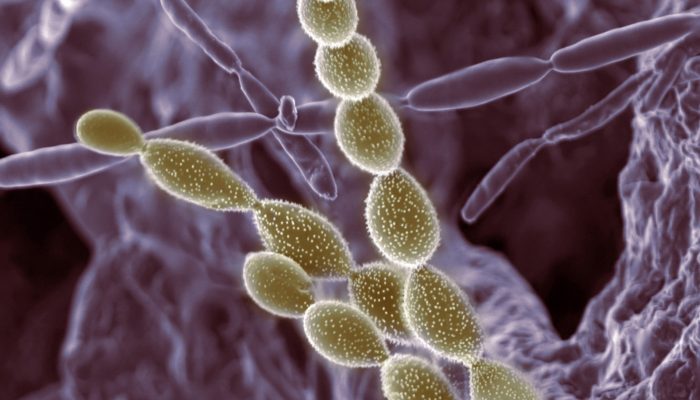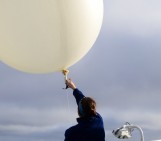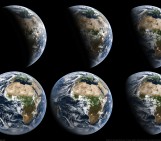
That soils are vital to secure our future supplies of water, food, as well as aiding adaptation to climate change and sustaining the planet’s biosphere is a subject we’ve featured on the blog as recently as the summer. That’s because never have humans been more out of touch with the vital importance of this natural resource.
Inhabiting among soil particles thrives an even less familiar, but equally important, ecosystem: rhizosphere microbes. Despite their tiny size these microorganisms play an important role in large-scale soil processes. This is particularly true in forested areas where there are strong interactions between plants (including trees, which we’ll focus on in this post), rhizosphere microbes and soil.
Let’s zoom in to the rhizosphere: the area which intimately surrounds plat roots and is home to soil microbes and minerals. It is also a hotbed of biogeochemical of activity. Minerals are weathered and plant and animal residues are transformed into soil organic matter (SOM), all that happening in a small, temporally transient zone of steep geochemical gradients.
The processes involved are complex and more and more, below-ground microbial communities face major challenges brought about by climate change. Higher temperatures and altered precipitation patterns mean the ecosystems are under threat from increased droughts and wild fire activity.
The problem is that scientists don’t fully understand how soil microbiomes are affected by these disturbances. How are their function and dynamics affected by the changing environment?
Let’s zoom out and head to the Central Cascades, USA; land of peaks as high as 4,392 m (Mt. Rainier), glacial-carved lakes and mountain valleys. Most of the range’s lower and middle elevations are covered with temperate coniferous forest (those made up of trees which produce cones and needles). In forests, it’s the rhizosphere microbes, fungi and soils which control mineral weathering and the processes which dictate the formation of SOM. This makes the forests of the Central Cascades the perfect laboratory to try and unravel some of the questions surrounding how soil microbiomes might be affected by a changing climate.
To answer this difficult question, electron microscopy is being used as a research tool for imaging and analyses of processes in environmental microbiology and biogeochemistry. Today’s imaggeo on Monday’s image was acquired by helium ion microscopy (Orion, Zeiss) at the Environmental Molecular Sciences Laboratory at the Pacific Northwest National Laboratory in Richland, WA. The image shows a few members of a diverse microbial community in ponderosa pine forest soil ecosystem in the Washington State portion of Central Cascades, USA.
By Laura Roberts, EGU Communications Officer and Alice C. Dohnalkova, senior research scientist at the Environmental Molecular Sciences Laboratory, Pacific Northwest National Laboratory.
Imaggeo is the EGU’s online open access geosciences image repository. All geoscientists (and others) can submit their photographs and videos to this repository and, since it is open access, these images can be used for free by scientists for their presentations or publications, by educators and the general public, and some images can even be used freely for commercial purposes. Photographers also retain full rights of use, as Imaggeo images are licensed and distributed by the EGU under a Creative Commons licence. Submit your photos at http://imaggeo.egu.eu/upload/.



Pingback: The Many Benefits Of A Living Soil – SC Garden Guru